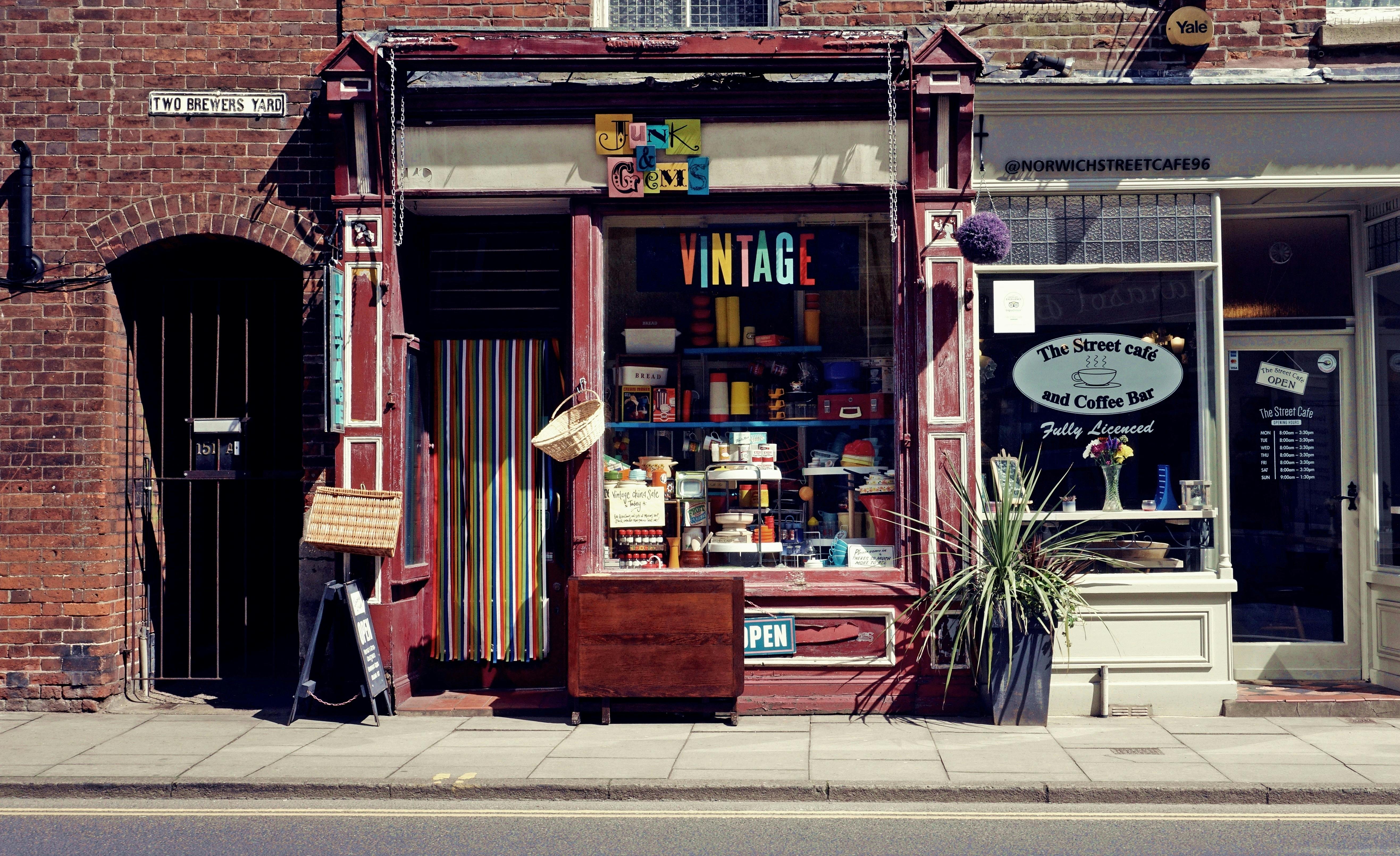
History of LED lighting products
admin
- 0
The LED (light emitting diode) has a very long history. It dates back to 1907 and is still evolving today. It took years to perfect the design and make LED lighting products available in many different shapes and forms so that it could be easy for consumers to purchase and use them in their homes and businesses.
Electroluminescence was discovered in 1907 by an experimenter and scientist from Great Britain named HJ Round. However, the discovery had no practical use for many decades. Another inventor named Oleg Vladimirovich Losev published an article on “Luminous Carborundum Detector (Silicon Carbide) and Detection with Crystals” in the Russian magazine Telegrafiya I Telefoniya bez Provodov (Telegraphy and Wireless Telephony). Losev’s work was not examined for many decades, until in 1962 Nick Holonvak Jr. developed the first practical “light emitting diode”, more commonly known today as LEDs or LED lights. The first LED products became available to the public in the late 1960s and produced a red light. They were used primarily as indicators in laboratory equipment and instead of incandescent indicators.
In 1968, it was discovered that gallium arsenide made LEDs much more affordable and available to the public. LED lighting products were still very expensive; This meant that not everyone could afford LEDs. It was later discovered that adding a phosphide would make it much cheaper and it would still work the same as the previously used materials.
As the years went by, LED lighting became more popular and more and more people started using it for other home appliances such as electronic gadgets such as radio, television, telephone, calculators, and even watches. LED technology was at its peak, as it was the most innovative product on the market.
The first LED display was developed by James. P. Mitchell in 1977. The first display of the LED TV was at an engineering expo in Anaheim in May 1978. This flat panel LED TV screen received a special award from organizations such as NASA, General Motors, and the University of California Irvine. and Robert M. Saunders, professor of engineering and president of the IEEE in 1977, made a special mention.
Low-cost, efficient blue LEDs didn’t appear until the early 1990s. This is when the triad of RGB colors was completed. This allowed for new designs, including new designs for outdoor signage and huge video screens for billboards and stadiums.
As LED material technology became even more advanced, the light output increased and LEDs became bright enough to be used for lighting such as LED downlights, LED floodlights, LED garden lights, LED street lights and many. other forms of LED lights.
Most LEDs were made in very common 5mm T1-3 / 4 and 3mm T1 packages, but as more and more power became necessary, the packages needed to become more complex to dissipate heat. Today, high-power LED lighting products bear little resemblance to the first LEDs.
Today’s LED lights are destined to dominate the lighting market as they are highly efficient and consume very little energy.

